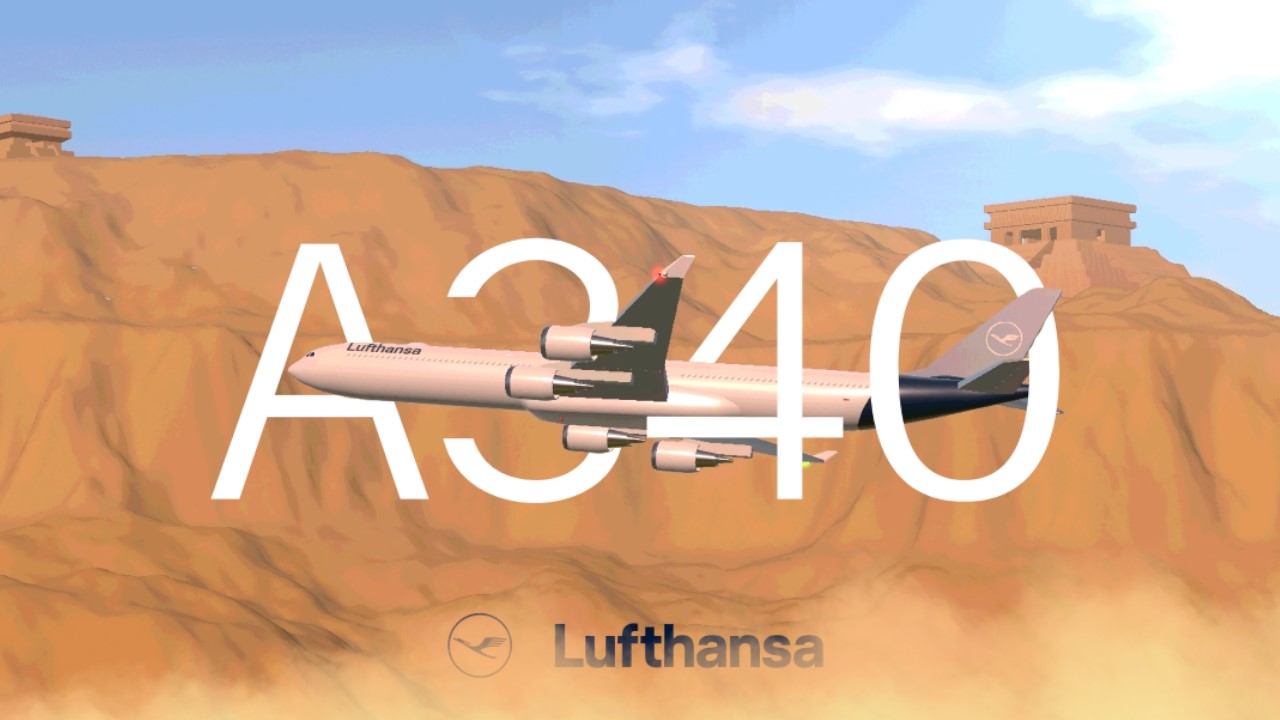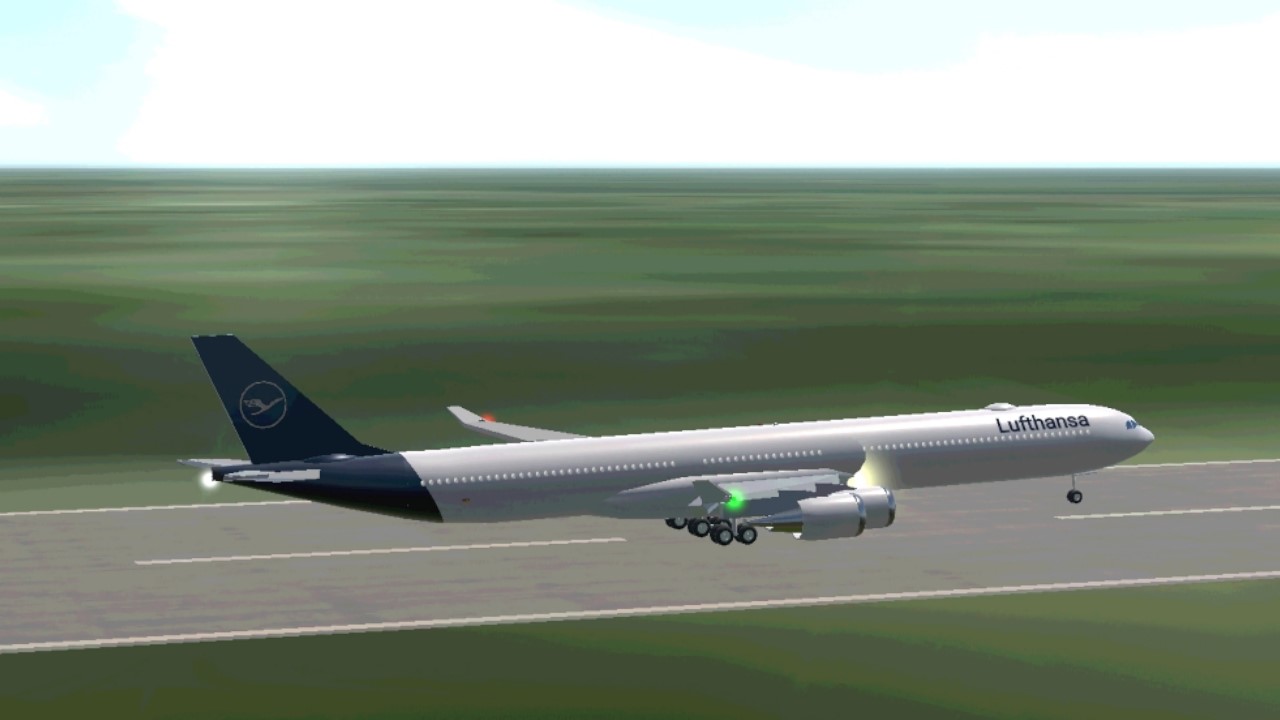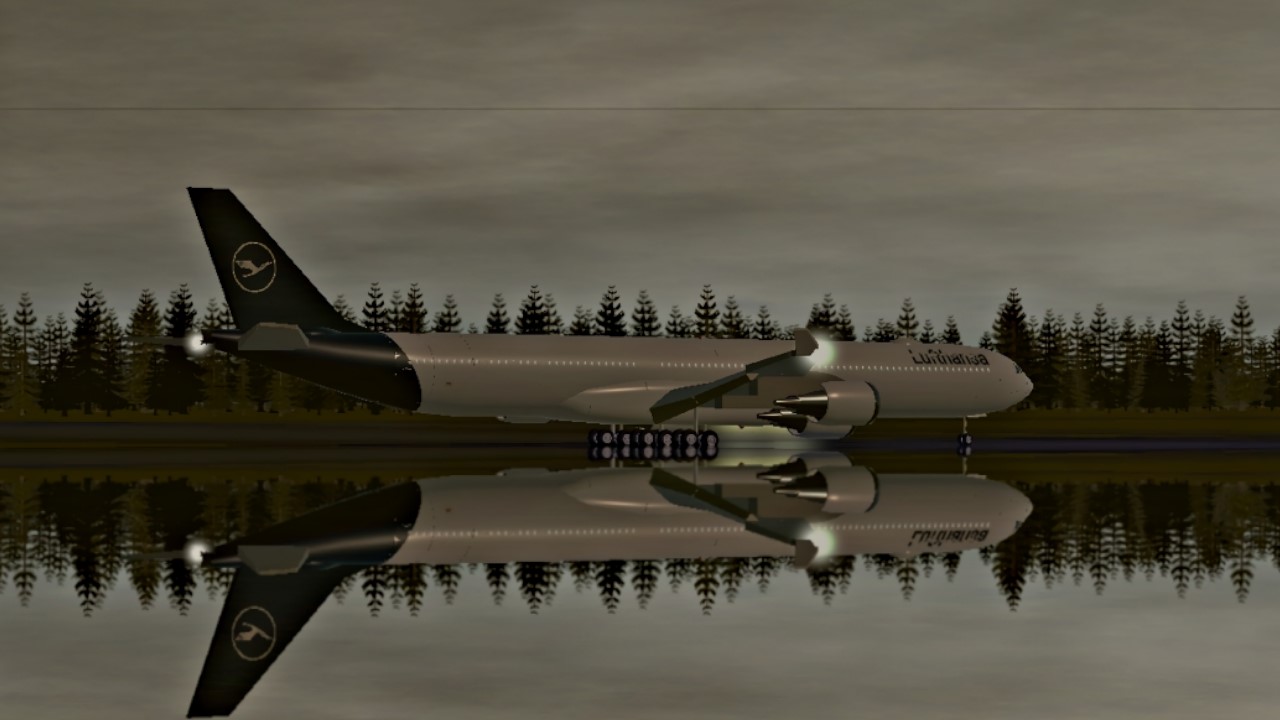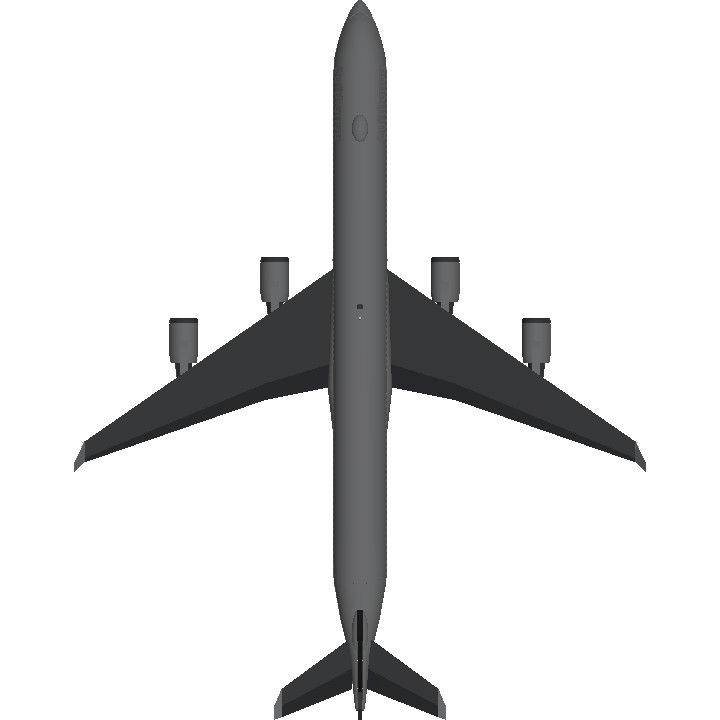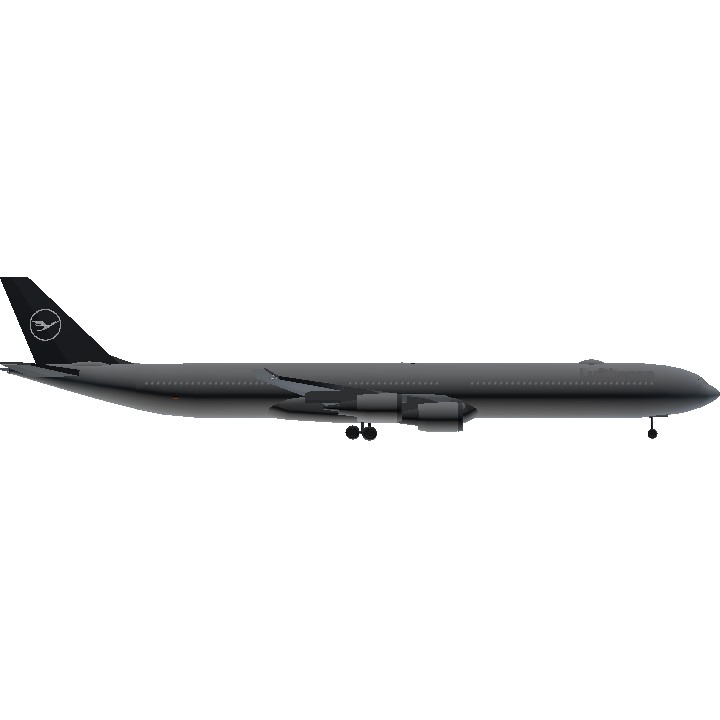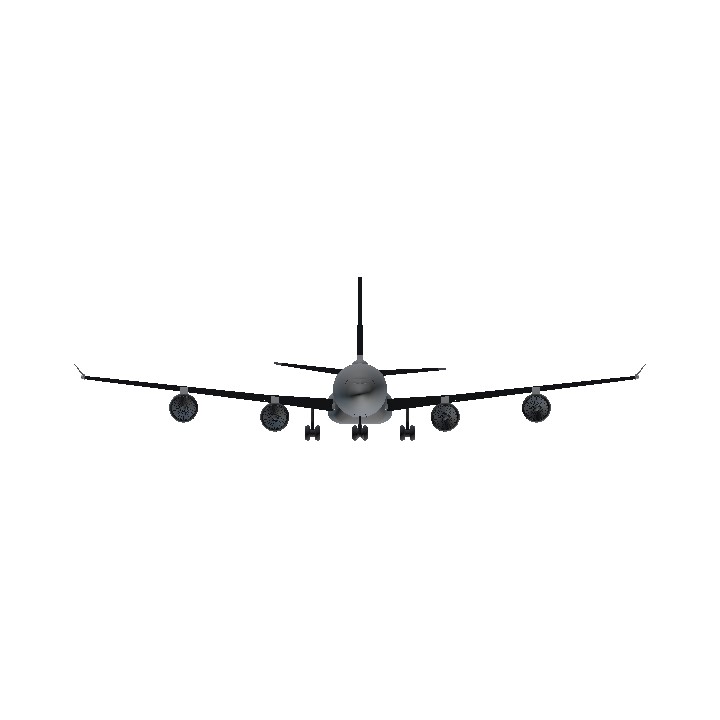Guten Tag... Ost Deutschland
Airbus A340-600
The Airbus A340 is a long-range, wide-body passenger airliner that was developed and produced by Airbus. In the mid-1970s, Airbus conceived several derivatives of the A300, its first airliner, and developed the A340 quadjet in parallel with the A330 twinjet. In June 1987, Airbus launched both designs with their first orders and the A340-300 took its maiden flight on 25 October 1991. It was certified along with the A340-200 on 22 December 1992 and both versions entered service in March 1993 with launch customers Lufthansa and Air France. The larger A340-500/600 were launched on 8 December 1997; the A340-600 flew for the first time on 23 April 2001 and entered service on 1 August 2002.
Keeping the eight-abreast economy cross-section of the A300, the early A340-200/300 has a similar airframe to the A330. Differences include four 151 kN (34,000 lbf) CFM56s instead of two high-thrust turbofans to bypass ETOPS restrictions on trans-oceanic routes, and a three-leg main landing gear instead of two for a heavier 276 t (608,000 lb) Maximum Takeoff Weight (MTOW). Both airliners have fly-by-wire controls, which was first introduced on the A320, as well as a similar glass cockpit. The later A340-500/600 have a larger wing and are powered by 275 kN (62,000 lbf) Rolls-Royce Trent 500 for a heavier 380 t (840,000 lb) MTOW.
The shortest A340-200 measured 59.4 m (195 ft), and with a 12,400 km range (6,700 nmi; 7,700 mi) with 210–250 seats in 3-class. The most common A340-300 reached 63.7 m (209 ft) to accommodate 250–290 passengers and could cover 13,500 km (7,300 nmi; 8,400 mi). The A340-500 was 67.9 m (223 ft) long to seat 270–310 over 16,670 km (9,000 nmi; 10,360 mi), the longest-range airliner at the time. The longest A340-600 was stretched to 75.4 m (247 ft), then the longest airliner, to accommodate 320–370 passengers over 14,450 km (7,800 nmi; 8,980 mi).
As improving engine reliability allowed ETOPS operations for almost all routes, more economical twinjets have replaced quadjets on many routes. On 10 November 2011, Airbus announced that the production reached its end, after 380 orders had been placed and 377 delivered from Toulouse, France. The A350 is its successor; the McDonnell Douglas MD-11 and the Boeing 777 were its main competitors. By the end of 2021, the global A340 fleet had completed more than 2.5 million flights over 20 million block hours and carried over 600 million passengers with no fatalities. As of March 2023, there were 203 A340 aircraft in service with 45 operators worldwide. Lufthansa is the largest A340 operator with 27 aircraft in its fleet.
Designed to replace early-generation Boeing 747-200/300 airliners, the A340-600 is capable of carrying 379 passengers in a three-class cabin layout for 13,900 km (7,500 nmi; 8,600 mi). It provides similar passenger capacity to a 747 but with 25 percent more cargo volume and with lower trip and seat costs. The first flight of the A340-600 was made on 23 April 2001. Virgin Atlantic began commercial services in August 2002. The variant's main competitor is the 777-300ER. The A340-600 was replaced by the A350-1000.
The A340-600 is 12 m (39 ft 4.4 in) longer than a -300, more than 4 m (13 ft 1.5 in) longer than the Boeing 747-400 and 2.3 m (7 ft 6.6 in) longer than the A380, and has two emergency exit doors added over the wings. It held the record for the world's longest commercial aircraft until the first flight of the Boeing 747-8 in February 2010. The A340-600 is powered by four 250 kN (56,000 lbf) thrust Rolls-Royce Trent 556 turbofans and uses the Honeywell 331–600[A] APU. As with the -500, it has a four-wheel undercarriage bogie on the fuselage centre-line to cope with the increased MTOW along with the enlarged wing and rear empennage. Upper deck main cabin space can be optionally increased by locating facilities such as crew rest areas, galleys, and lavatories upon the aircraft's lower deck. In early 2007, Airbus reportedly advised carriers to reduce cargo in the forward section by 5.0 t (11,000 lb) to compensate for overweight first and business class sections; the additional weight caused the aircraft's centre of gravity to move forward thus reducing cruise efficiency. Affected airlines considered filing compensation claims with Airbus.
The A340-600HGW (High Gross Weight) version first flew on 18 November 2005 and was certified on 14 April 2006. It has an MTOW of 380 t (840,000 lb) and a range of up to 14,630 km (7,900 nmi; 9,090 mi), made possible by strengthened structure, increased fuel capacity, more powerful engines and new manufacturing techniques like laser beam welding. The A340-600HGW is powered by four 61,900 lbf (275 kN) thrust Rolls-Royce Trent 560 turbofans. Emirates became the launch customer for the -600HGW when it ordered 18 at the 2003 Paris Air Show; but postponed its order indefinitely and later cancelled it. Rival Qatar Airways, which placed its order at the same airshow, took delivery of only four aircraft with the first aircraft on 11 September 2006. The airline has since let its purchase options expire in favour of orders for the Boeing 777-300ER.
"Ost Deutschland"
-East Germany
Extra
"SODA!"
-Joe Biden
Real Photo

Specifications
General Characteristics
- Predecessor Airbus A340-600 Heavy (Virgin Atlantic)
- Created On Android
- Wingspan 178.7ft (54.5m)
- Length 225.3ft (68.7m)
- Height 51.6ft (15.7m)
- Empty Weight 5,211lbs (2,363kg)
- Loaded Weight 20,730lbs (9,403kg)
Performance
- Power/Weight Ratio 13.008
- Wing Loading 26.4lbs/ft2 (128.8kg/m2)
- Wing Area 786.1ft2 (73.0m2)
- Drag Points 1146
Parts
- Number of Parts 93
- Control Surfaces 9
- Performance Cost 610

